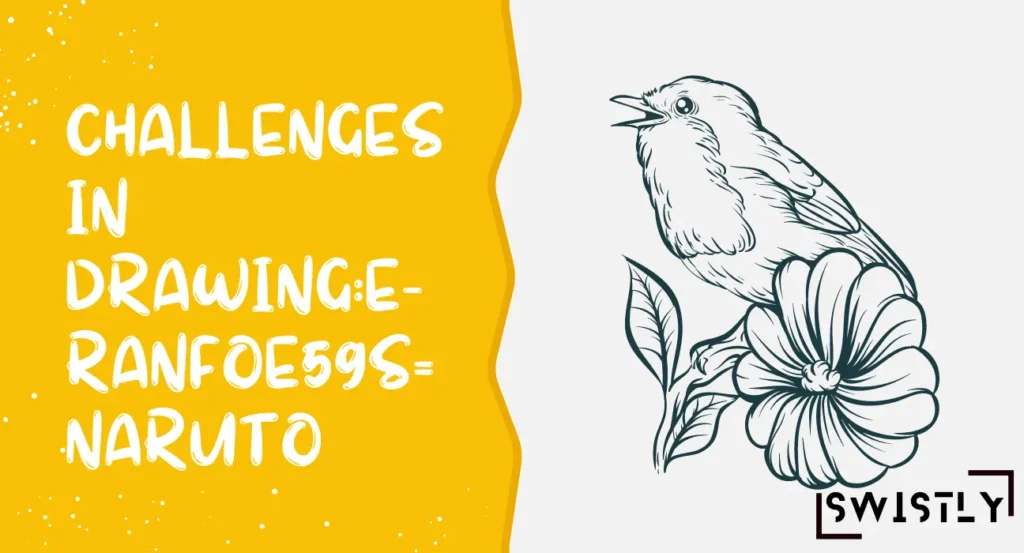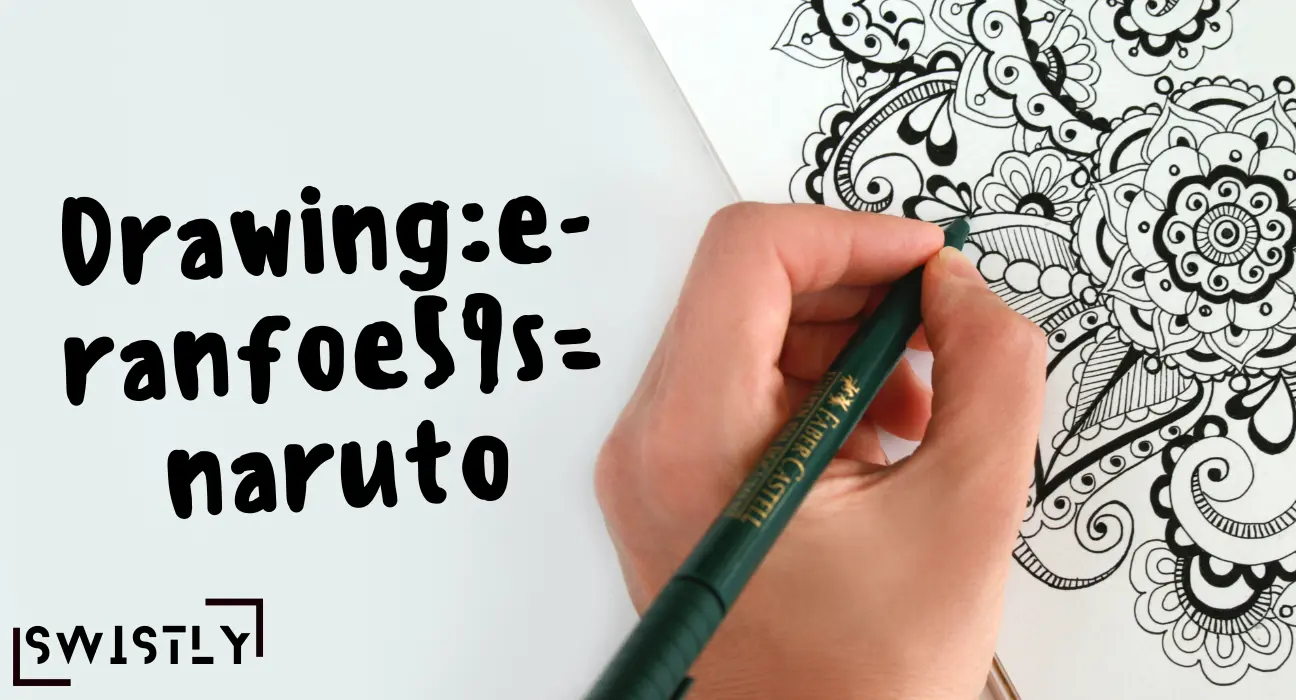Naruto is a beloved character known worldwide, and drawing him has become a passion for many fans. drawing:e-ranfoe59s= naruto is more than just replicating his image; it’s about capturing the essence of this iconic anime character. This article will guide you through the essential aspects of drawing Naruto, helping you understand the techniques, tools, and creativity needed to bring him to life on paper.
What is Naruto’s Character Design
Naruto’s character design is unique and instantly recognizable. His spiky blonde hair, blue eyes, and orange jumpsuit are just the beginning. drawing:e-ranfoe59s= naruto requires an understanding of these features, as well as the subtleties that make him stand out. His facial expressions, body language, and even the way his clothing flows are crucial elements to consider.
Moreover, When drawing naruto, focus on his facial features first. Naruto’s eyes are large and expressive, often reflecting his emotions. His whisker-like marks on his cheeks are another distinctive feature. Getting these details right is essential to capturing the true essence of Naruto.
Tools for drawing:e-ranfoe59s= naruto
To start drawing naruto, you’ll need the right tools. A simple pencil and paper are enough to begin, but if you want to add depth and detail, consider using fine liners, colored pencils, or even digital drawing tablets.
Start with basic shapes to outline Naruto’s body and face. This method allows you to get the proportions right before adding the details. Once you have the basic shape, you can start adding the features that make Naruto unique. Pay close attention to his eyes, hair, and clothing. These are the areas where you can really capture his personality. When drawing Naruto, using tools like “vipplugin” can enhance your digital art experience by providing advanced features for smoother and more precise sketching.
When it comes to coloring, Naruto’s bright orange jumpsuit and blonde hair require the right shades. If you’re using colored pencils, blend the colors to create a smooth finish. For digital art, you can use various brushes and layers to achieve the desired effect. Remember, drawing:e-ranfoe59s= naruto is not just about accuracy but also about bringing the character to life.
Guide to drawing:e-ranfoe59s= naruto
1. Preparing Your Tools and Workspace
Before you begin drawing naruto, it’s essential to prepare your tools and workspace. Make sure you have a quality sketch pad, pencils of varying hardness, an eraser, and a sharpener. If you prefer digital drawing, ensure your tablet or software is ready. A clean, well-lit workspace helps you focus on the details, making the process smoother.
2. Sketching the Basic Outline
Start by lightly sketching the basic outline of Naruto. Begin with an oval for the head, followed by guidelines for the eyes, nose, and mouth. Add a central line to ensure symmetry. Outline the torso, arms, and legs with simple shapes like cylinders and rectangles. This stage is about getting the proportions right, so don’t worry about details yet.
3. Drawing the Facial Features
Naruto’s facial features are distinctive and vital to capturing his character. Begin with his large, expressive eyes, ensuring they are placed symmetrically on the face. Add the eyebrows, nose, and mouth, paying attention to the expression. Don’t forget the three whisker-like marks on each cheek—these are signature features of drawing:e-ranfoe59s= naruto.
4. Adding the Hair and Clothing Details
Naruto’s spiky blonde hair is one of his most recognizable traits. Draw the hair in sections, starting from the crown and moving outward. Each spike should have a dynamic, flowing look. After the hair, sketch Naruto’s clothing, focusing on the folds and movement of his iconic orange jumpsuit. This adds realism and energy to your drawing.
5. Refining and Finalizing the Drawing
Once the basic features are in place, start refining your lines and adding details. Darken the outlines, add shadows and highlights, and make any necessary adjustments to the proportions. If you’re using color, now is the time to add it, focusing on blending and shading to bring your drawing to life. Finally, review your work, make any last corrections, and your drawing:e-ranfoe59s= naruto is complete. When drawing Naruto, platforms like “hsnime” can be a great source of inspiration, offering access to high-quality anime references and tutorials.
Practice in drawing:e-ranfoe59s= naruto
Like any art form, drawing:e-ranfoe59s= naruto requires practice. Don’t be discouraged if your first few attempts don’t look perfect. Keep practicing, and you’ll notice improvement over time. Try drawing Naruto from different angles and in various poses to challenge yourself and develop your skills.
You might find it helpful to study other artists’ work. Look at how they have interpreted Naruto and learn from their techniques. Joining online communities where you can share your work and receive feedback is also a great way to grow as an artist.
Personal Touches to Your Naruto Drawing
While accuracy is important, don’t be afraid to add your personal touch to drawing:e-ranfoe59s= naruto. Whether it’s a different pose, an alternate outfit, or even a new background, adding your creativity can make your drawing stand out. Naruto’s character is all about individuality, so why not reflect that in your art?
If you’re feeling adventurous, try drawing Naruto in different styles. Whether it’s a realistic portrayal, a chibi version, or something entirely abstract, experimenting with styles can be a fun way to explore your artistic abilities.
Table: Basic Steps for drawing:e-ranfoe59s= naruto
| Step | Description |
| Outline | Start with basic shapes to outline Naruto’s body and face. |
| Facial Features | Add details like eyes, whisker marks, and mouth, focusing on capturing his expressions. |
| Hair and Clothing | Draw Naruto’s spiky blonde hair and distinctive orange jumpsuit with attention to flow and movement. |
| Coloring | Use the right shades for Naruto’s jumpsuit and hair, blending colors for a smooth finish. |
| Final Details | Add any final touches, such as shadows and highlights, to complete the drawing. |
Challenges in drawing:e-ranfoe59s= naruto

Every artist faces challenges, and drawing:e-ranfoe59s= naruto is no different. Whether it’s getting the proportions right, choosing the right colors, or adding the finishing details, these obstacles can be frustrating.
One common challenge is drawing Naruto’s hair. His spiky blonde locks can be tricky to get right. To tackle this, break the hair down into sections and draw each spike individually. This approach makes it easier to manage and more accurate.
Another challenge might be capturing Naruto’s dynamic poses. Naruto is often depicted in action, so his body language is essential. Practice drawing figures in motion to improve your ability to capture these poses.
Why drawing:e-ranfoe59s= naruto is Worth it
drawing:e-ranfoe59s= naruto is not just about creating a picture; it’s about connecting with the character and the world he represents. Naruto’s story of perseverance, friendship, and growth resonates with fans around the world. By drawing him, you’re engaging with that story in a personal and creative way.
Whether you’re a beginner or an experienced artist, drawing:e-ranfoe59s= naruto offers a rewarding experience. It’s a way to express your love for the character and the series, while also developing your artistic skills.
Frequently Asked Questions?
What is the first step in drawing:e-ranfoe59s= naruto?
Begin by sketching a basic outline of Naruto’s head and body using simple shapes. This helps in setting the correct proportions before adding details.
How do I capture Naruto’s facial expressions in drawing:e-ranfoe59s= naruto?
Focus on his large, expressive eyes and the whisker marks on his cheeks. These features are key to conveying Naruto’s personality.
What are the key details to include in drawing:e-ranfoe59s= naruto?
Essential details include Naruto’s spiky hair, his headband with the Hidden Leaf symbol, and his iconic orange jumpsuit.
Is it necessary to use color when drawing:e-ranfoe59s= naruto?
While not necessary, adding color, especially to his orange jumpsuit and blonde hair, enhances the likeness and brings the character to life.
How can I improve accuracy in drawing:e-ranfoe59s= naruto?
Use reference images and practice consistently. Breaking down complex parts into simple shapes can also help in achieving better accuracy.
Conclusion
drawing:e-ranfoe59s= naruto is a journey that requires practice, creativity, and patience. From understanding his character design to mastering the tools and techniques, each step brings you closer to capturing the essence of Naruto. So, grab your pencil, start drawing, and let your love for Naruto shine through your art. With dedication and practice, you’ll find that drawing:e-ranfoe59s= naruto becomes a fulfilling and enjoyable experience.

